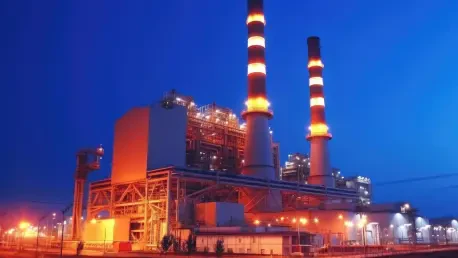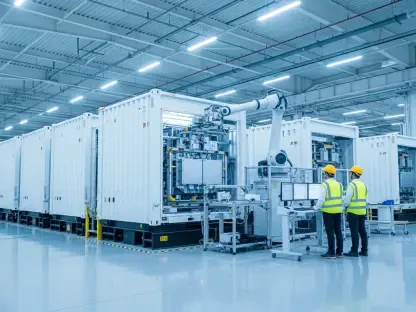Amid growing energy demand and environmental concerns, striking the right balance between maintaining a stable power supply and pursuing eco-friendly goals has taken center stage. This complex dance between ensuring adequate electricity supply and reducing reliance on polluting energy sources is more pressing than ever as regions face unpredictable high-demand conditions.
A Critical Move in Energy Management
In a bold move to manage electricity supply during potential demand surges, the U.S. Department of Energy (DOE) directed Constellation Energy and PJM Interconnection to extend operations at the Eddystone power plant. This decision came as the facility, initially set for deactivation, was ordered to continue its 760 MW of oil and gas-fired capacity to avert power shortages. Such emergencies underscore the urgent need to balance immediate energy reliability against long-term sustainable objectives.
The Living Energy Puzzle
The geographical region known as the PJM Interconnection plays a pivotal role in America’s electricity landscape. This area serves as a significant contributor to the nation’s power production, yet faces challenges that mirror the broader issues plaguing energy policy. Balancing grid reliability, regulatory requirements, and environmental imperatives is critical to responding to these dynamic energy landscapes. The DOE’s latest decision thus reflects the ongoing struggle to align policy with the realities of electricity demands amid an ever-changing climate.
Navigating Regulatory and Environmental Challenges
The Federal Power Act empowers the DOE to issue emergency orders like the recent directive affecting Eddystone. This regulatory framework allows for quick, decisive action in energy crises, highlighting the critical balance between regulatory obedience and environmental accountability. While older power units like those at Eddystone provide short-term reliability, they remain contentious due to their potential environmental impact. The challenge lies in managing the transition from fossil-fuel dependence to a sustainable energy future without compromising grid stability.
Diverse Perspectives on Energy Measures
Energy policy analysts and environmental advocates find themselves in ongoing discussions about the regulatory and market consequences of using aging infrastructure. While some argue for the necessity of immediate grid reliability, others caution against potential impacts on market competition and consumer rates. Research into market dynamics reveals the tension between fostering competition and protecting consumer interests, underscoring divergent views about electricity costs and market power implications.
Navigating the Path to Energy Resilience
Proactive measures are essential for maintaining reliable and sustainable power. Recommendations for evaluating reserve margins and critical resources emerge as potential solutions, offering frameworks for bolstering energy while facilitating a smooth transition to greener alternatives. As strategies to strengthen energy transition efforts evolve, the focus remains on implementing practical policies that not only enhance reliability but also align with broader environmental aims.
In reflecting upon these unfolding dynamics, it is evident that energy management within regions like PJM requires an intricate balancing act between immediate stabilization measures, sustainable long-term goals, and comprehensive regulatory oversight. Despite the challenges, any continuation of these efforts depends on ongoing evaluation and adaptation of energy policies to meet the shifting needs of both the grid and the consumer. As the complexity of this issue unfolds, new insights into strategic transitions toward a sustainable and reliable energy future are imperative.









